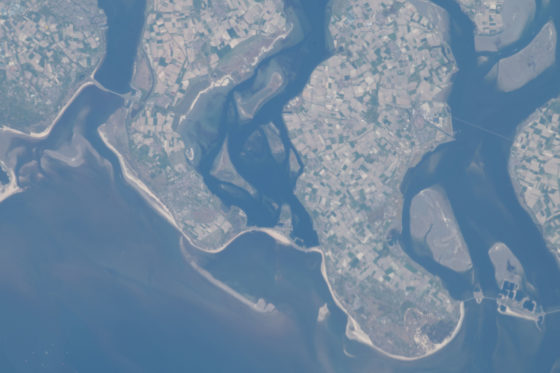Drought reveals sunken treasures in rivers, concerns about decay


Dried-up rivers, lakes and reservoirs are giving up their treasures but archaeologists are worried they may deteriorate now they are no longer protected by the water and their context will be lost.
In Friesland, ancient tree stumps that are believed to be 10,000 to 15,000 years old have been revealed, while falling levels in the river Rhine in Germany revealed so-called ‘hunger stones’, reminders of earlier droughts which led to failing crops and famine.
In Spain, three months of drought have exposed the 4000-year-old stone circle of Guadalperal, or the ‘Spanish Stonehenge’, while in Ourense the whole of an extensive Roman camp can now be seen.
But while archaeologists relish the chance to study the hidden heritage, they say it is better preserved underwater.
‘It is very interesting when shipwrecks we didn’t know about before appear, but as soon as they are exposed to oxygen they deteriorate very quickly,’ marine archaeologist André van Holk of the Batavialand museum in Flevoland, told broadcaster NOS.
Van Holk is afraid that much of what is emerging will disappear before archaeologists have a chance to look at it. But even if finds are reported a lack of staff makes it impossible to investigate every find.
It is a race against the clock, Van Holk said. In the Flevopolder, where he and his team are working to preserve ship wrecks, the drying clay is reducing the wood to sawdust.
But it is not just a matter of saving an object, archaeologists say, the preservation of its context is as important. ‘The material around an object tells the bigger story. It needs investigation too,’ Martijn Manders of the government heritage preservation service said.
‘For years most archaeologists were not interested in the soil in or around the rivers but it is very closely linked to our civilisation, whether it tells us abour the battles that took place there- be it in Roman times, during the Eighty Years War or Operation Market Garden – or the trading activities that took place there. Now all that is under threat,’ Manders said.
One way of preserving underwater heritage sites is to make sure the water isn’t carried out to sea, Manders said. ‘We need to find ways to hold on to it, not only in rivers but in places with high ground water levels where the ground is saturated as a buffer against drought.’
Thank you for donating to DutchNews.nl.
We could not provide the Dutch News service, and keep it free of charge, without the generous support of our readers. Your donations allow us to report on issues you tell us matter, and provide you with a summary of the most important Dutch news each day.
Make a donation